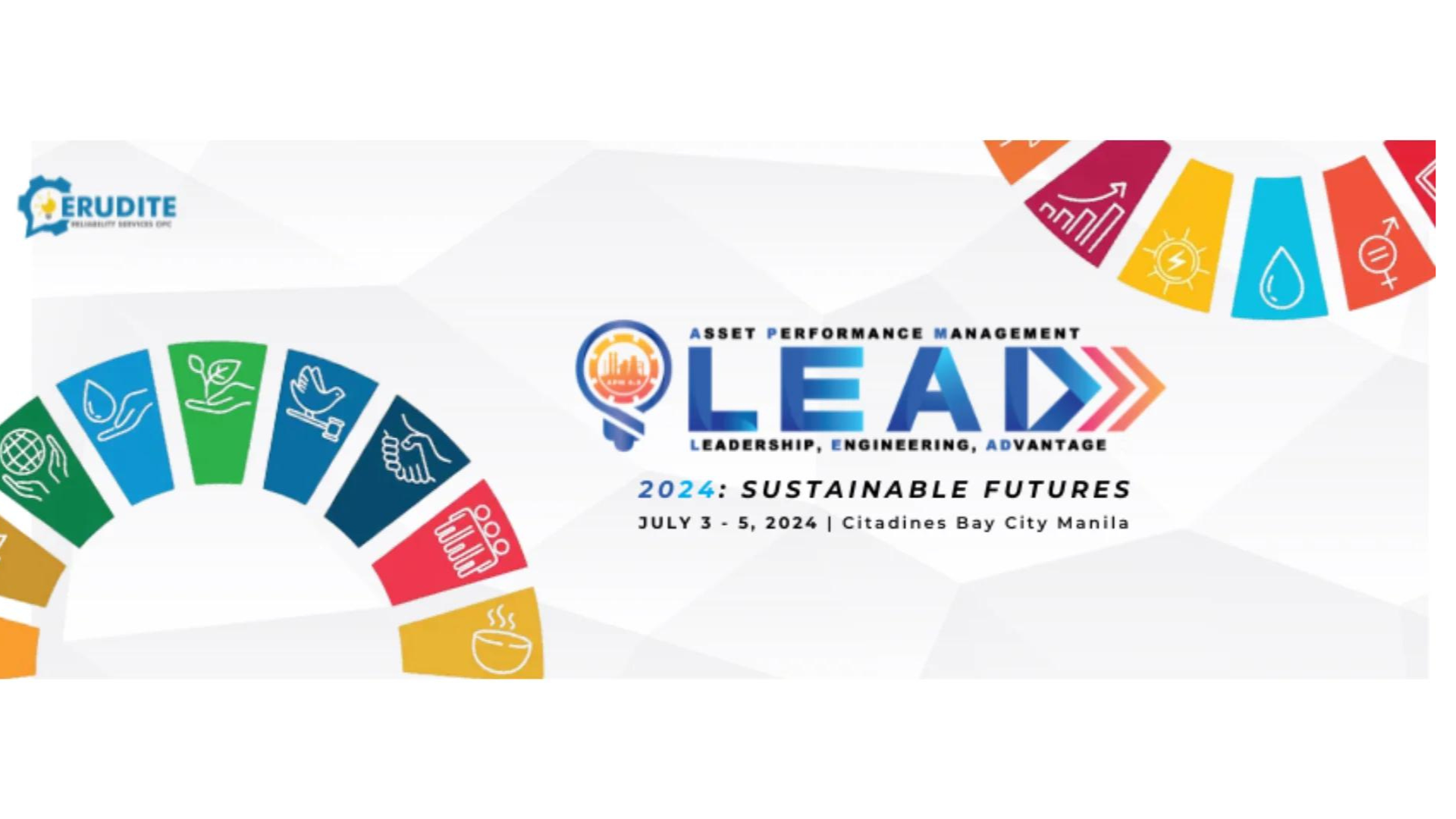In the quest to harmonize industrial practices with the United Nations Sustainable Development Goals (SDGs), the LEAD framework (Leadership, Engineering, and ADvantage) emerges as a transformative approach to asset management. This article explores how integrating the LEAD framework within asset management strategies can drive industries towards sustainability, aligning with the global ambition encapsulated by the SDGs.
A Vision for Sustainable Asset Management
At the heart of sustainable development lies the imperative for industries to not only pursue economic growth but to do so responsibly, ensuring environmental preservation and social equity. The LEAD framework provides a structured approach to asset management that aligns with this imperative, fostering a culture of sustainability through Leadership, engineering Excellence, and strategic ADvantage.
Leadership: Steering Towards Sustainability
Leadership in the LEAD framework signifies more than just the strategic direction; it embodies the commitment to sustainability as a core organizational value. Leaders play a pivotal role in embedding the SDGs into the DNA of asset management strategies, ensuring that every decision is weighed against its potential impact on achieving these global goals. By championing initiatives that reduce carbon emissions, optimize energy use, and promote resource efficiency, leaders set the stage for transformative change.
Engineering: The Backbone of Innovation
Engineering excellence is crucial for translating sustainability goals into tangible outcomes. The application of advanced technologies and practices—such as predictive analytics, IoT devices, and digital twins—enables organizations to monitor and manage assets with unprecedented efficiency and precision. This not only enhances asset reliability but also significantly reduces the environmental footprint of operations, directly contributing to SDGs related to clean energy (SDG 7), industry innovation (SDG 9), and responsible consumption (SDG 12).
ADvantage: Gaining a Competitive Edge
The strategic ADvantage derived from integrating the LEAD framework into asset management is manifold. Organizations not only achieve operational efficiencies but also enhance their market competitiveness by demonstrating a commitment to sustainability. This alignment with the SDGs opens up new avenues for business growth, from tapping into green markets to attracting investment based on environmental, social, and governance (ESG) criteria.
From Framework to Action
The LEAD framework within the context of ISO 55000 standards presents a comprehensive model for sustainable asset management. Organizations are encouraged to:
- Develop an Organizational Strategic Plan that aligns asset management objectives with the SDGs, addressing customer needs, legislative requirements, and the commercial environment.
- Expand the Scope of Asset Management to include engineering innovations that drive sustainability across the asset lifecycle.
- Inform Asset Management Decision-Making with data-driven insights, leveraging assets strategically to achieve operational and environmental goals.
Embracing the Future with LEAD
As industries worldwide strive to align their operations with the SDGs, the LEAD framework offers a pragmatic and visionary approach to asset management. By embedding leadership vision, engineering excellence, and strategic advantage into the fabric of asset management, organizations can navigate the complexities of sustainability, turning global challenges into opportunities for innovation and growth.
In the journey towards a sustainable future, LEAD serves not just as a framework but as a beacon, guiding industries to achieve not only their business objectives but also their broader responsibility towards the planet and its people. Together, we can redefine the landscape of industrial practices, making sustainability not just an aspiration but a reality.





